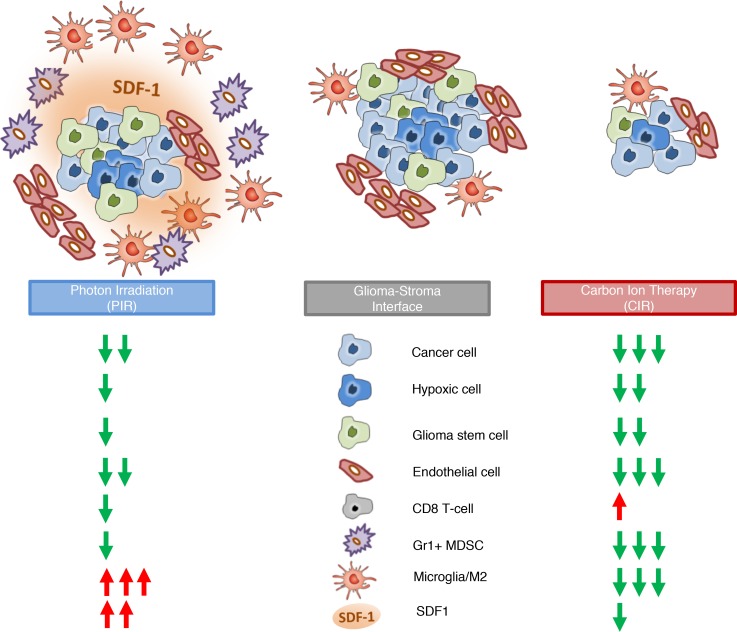Figure 6. Radiotherapy effects at the tumor–stroma interface.
A schematic presentation of the proposed model for cellular and molecular effects of CIR versus PIR based on data reported in this study is shown. Due to their distinct radiobiological effects, CIR is capable of eradicating therapy-resistant tumor subpopulations, e.g., GSCs and hypoxic tumor cells. This observation contrasted with conventional PIR, where these subpopulations were enriched by the therapy-induced selection pressure. Consequently, the concentration of tumor stroma– modulating factors, such as SDF1 released by hypoxic cells, was decreased after CIR, leading to reduced influx of bone marrow–derived immunosuppressive cells (MdSCs) and a less M2-polarized microglia/TAM microenvironment.

